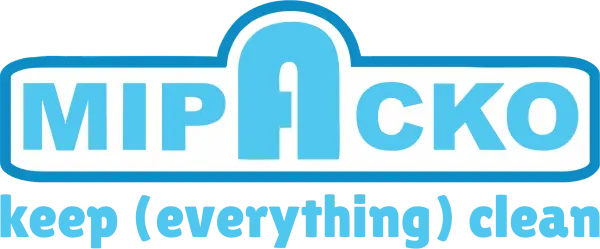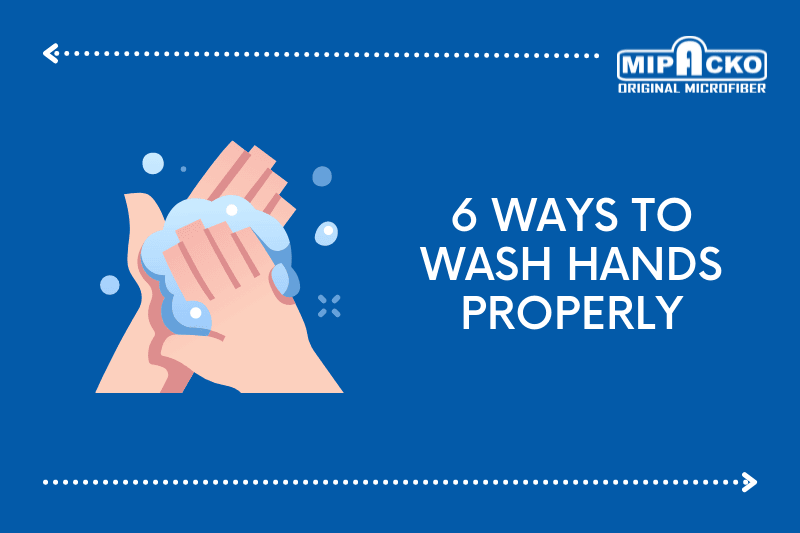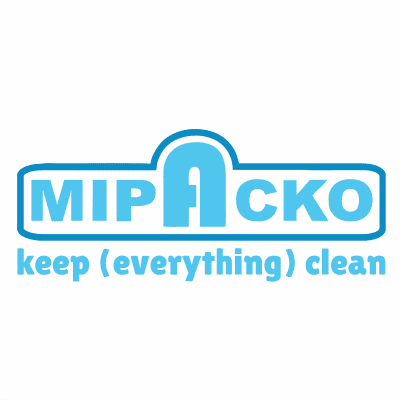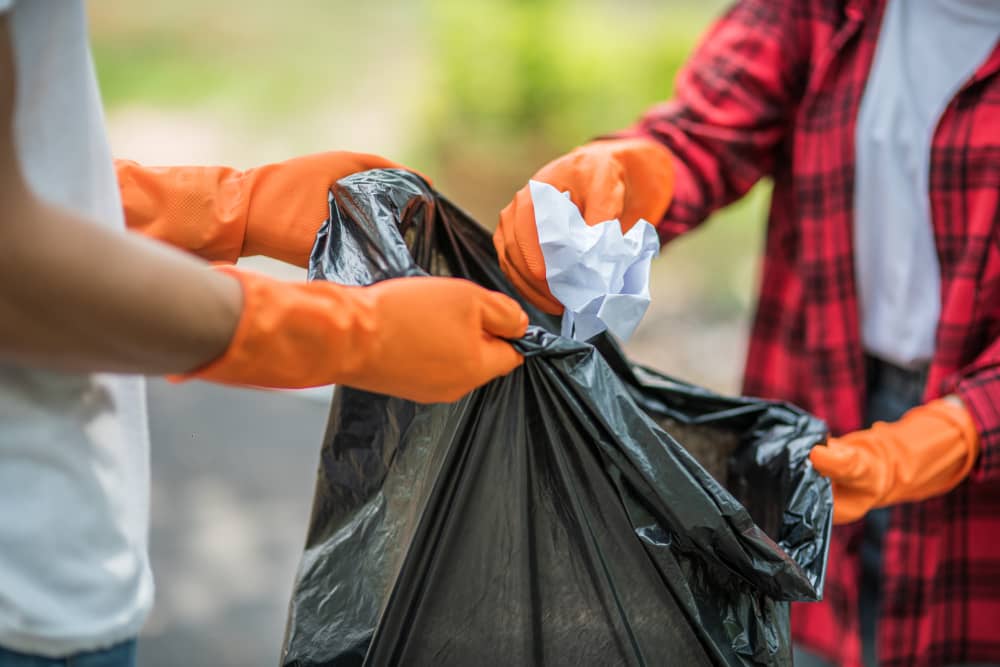Wash Hand – Hand washing is a simple activity but can help protect you and your family from various infectious diseases. Especially during a pandemic like now, washing hands is one of the health protocols that must be done to prevent the spread of the corona virus.
Unfortunately, there are still people who take hand washing lightly and tend to do it carelessly. In fact, hand washing needs to be done in the right way to be effective in preventing disease transmission. Therefore, know how to wash hands properly here.
How to Wash Hand Wash Correctly
Did you know, germs can easily spread through your hands if you touch a contaminated surface or object, then touch your face or directly prepare food and drink with unwashed hands.
Well, by washing your hands, you can prevent the entry of disease germs on your hands into your body.
Here’s how to wash hands properly :
- Wet your hands from the palms to the mid-arms with clean running water (warm or cold).
- Pour enough soap and apply it to your hands to cover the entire surface of your hands.
- Rub the palms and backs of your hands alternately. Don’t forget to rub your fingers and between your fingers until they’re clean. Then, also clean the bottom of the nail. Clean both thumbs by grasping and rotating the thumbs alternately.
- Rub hands for at least 20 seconds or the equivalent of singing the song ‘Happy Birthday’ from start to finish twice.
- Rinse hands well under clean running water.
- Dry your hands using a clean towel or under a hand dryer.
So, when washing your hands, make sure you thoroughly clean all surfaces and areas of your hands, fingers, and wrists.
When You Need to Wash Hands?
To keep you and your loved ones healthy, it is recommended that you wash hands frequently, especially at times when the risk of exposure and spreading germs is higher.
The Centers for Disease Control and Prevention recommends washing your hands at the following times:
- Before, during, and after preparing food.
- Before and after eating.
- Before and after caring for people at home who are sick with vomiting or diarrhea.
- Before and after treating wounds.
- After using the toilet.
- After changing diapers or cleaning a child who has used the toilet.
- After blowing your nose, coughing, or sneezing.
- After touching animals, animal feed, or animal waste.
- After handling pet food or pet treats.
- After taking out the trash.
Selection of Hand Soap
Using plain hand soap is enough to disinfect your hands, just like over-the-counter antibacterial soap. In fact, studies have found that antibacterial soaps are no more effective at killing germs than regular soap.
In 2017, the Food and Drug Administration (FDA) banned the use of antibacterial soap products containing triclosan and triclocarban because they are not effective, and can actually have negative effects, such as triggering allergic reactions, causing bacterial resistance and endocrine disorders.
In addition, there is no evidence to show that the temperature of the water makes a difference in killing bacteria. According to one study, washing hands with warm water doesn’t seem to get rid of more germs.
So, you can use any soap to wash hands, such as liquid soap, bar soap, or antibacterial soap and wash your hands under water at a temperature that is comfortable for you.





